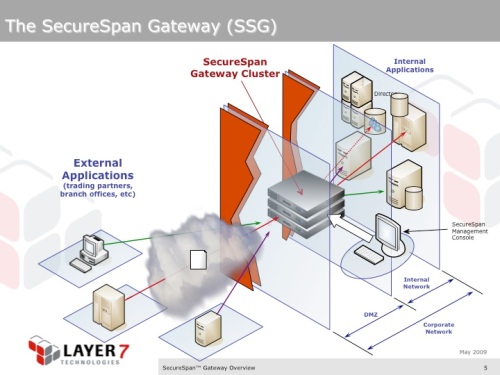This morning the Web Services Interoperability Organization (WS-I) published the Basic Security Profile (BSP), version 1.1. This is a very significant milestone, because BSP is the definitive reference that we will all use to create secure and interoperable Web services for the foreseeable future.
I have a close personal connection to Basic Security Profile. I was one of the editors of both this specification and its predecessor, BSP 1.0. It took a lot of hard work to get this far, but the results of the our working group’s labours are important for the community. We all use Web services because of their potential for interoperability, but interoperability is only practical with the formalization that WS-I offers.
People have questioned the need for BSP in a world that already has OASIS WS-Security and the handful of WS-* standards that relate to it. The truth is, formal standards like WS-Security are so broad, complex, and new that it just isn’t realistic to expect vendor implementations to integrate perfectly. The WS-I approach differs from conventional standards efforts because the focus is strictly on promoting much needed interoperability. WS-I does not define new functionality, nor does it attempt to show people the “correct” way to use existing standards; it exists to profile existing standards by refining messages, amplifying important statements, and clarifying ambiguities so that systems from different vendors can communicate securely.
WS-I promotes interoperability by providing three important components: a profile of an existing standard (or set of standards), a suite of test tools to validate conformance, and finally sample applications. Microsoft’s Paul Cotton, the chair for the BSP working group, likens this to a three-legged stool—the effort can only stand when all three legs are present. This holistic approach taken by the WS-I distinguishes it from most standards efforts by including both specification and reference.
In the case of BSP 1.1, a very important component of the effort was the vendor interop. Six companies participated in this:
- IBM
- Microsoft
- Oracle
- SAP AG
- Intel
- Layer 7 Technologies
This is your short list of the vendors who are serious about Web services security. Obviously, we are the odd man out in terms of size and market reach, but we believe it’s important to drive the standards, not just implement them. And this is something we will continue to do. The days of big WS-* standards efforts are over. With the release of BSP, we have what we need to secure SOA. The next big challenge will be standardization of the cloud, and Layer 7 will be there.

